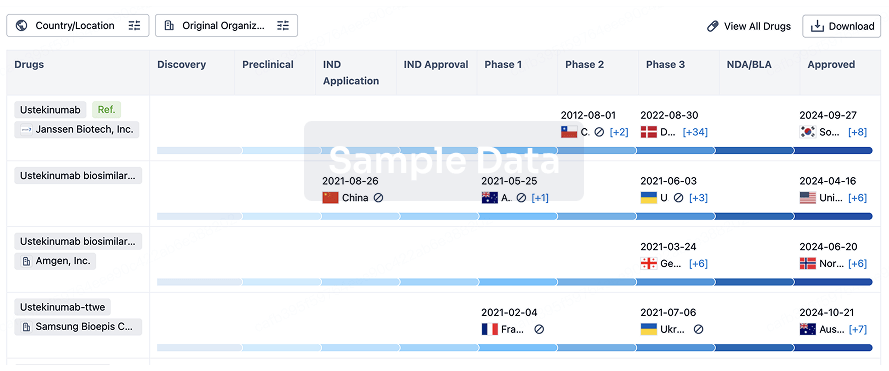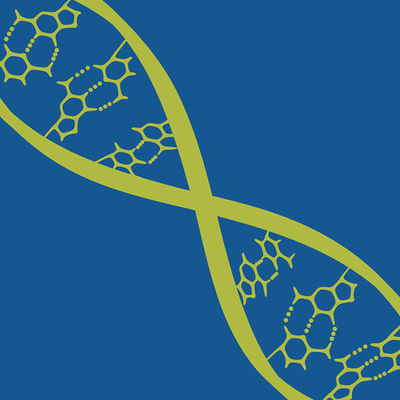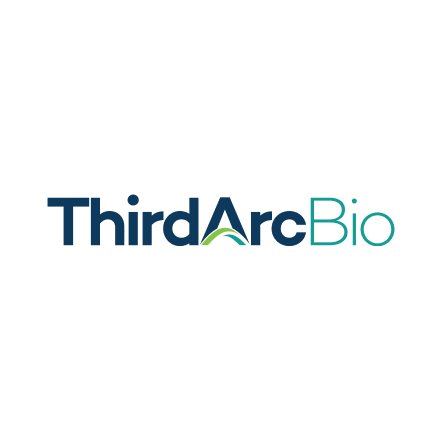Request Demo
Last update 25 Oct 2025
Lampalizumab
Last update 25 Oct 2025
Overview
Basic Info
Drug Type Fab fragment |
Synonyms Anti-complement Factor D antibody, Anti-factor D, Lampalizumab (USAN/INN) + [7] |
Target |
Action inhibitors |
Mechanism CFD inhibitors(Complement factor D inhibitors) |
Therapeutic Areas |
Active Indication- |
Inactive Indication |
Originator Organization |
Active Organization- |
Inactive Organization |
License Organization- |
Drug Highest PhaseDiscontinuedPhase 3 |
First Approval Date- |
Regulation- |
Login to view timeline
Structure/Sequence
Sequence Code 208556L

Source: *****
Sequence Code 208562H

Source: *****
External Link
| KEGG | Wiki | ATC | Drug Bank |
|---|---|---|---|
| D10440 | Lampalizumab | - |
R&D Status
10 top R&D records. to view more data
Login
| Indication | Highest Phase | Country/Location | Organization | Date |
|---|---|---|---|---|
| Age Related Macular Degeneration | Phase 3 | United States | 18 Sep 2014 | |
| Age Related Macular Degeneration | Phase 3 | Argentina | 18 Sep 2014 | |
| Age Related Macular Degeneration | Phase 3 | Australia | 18 Sep 2014 | |
| Age Related Macular Degeneration | Phase 3 | Austria | 18 Sep 2014 | |
| Age Related Macular Degeneration | Phase 3 | Belgium | 18 Sep 2014 | |
| Age Related Macular Degeneration | Phase 3 | Canada | 18 Sep 2014 | |
| Age Related Macular Degeneration | Phase 3 | Denmark | 18 Sep 2014 | |
| Age Related Macular Degeneration | Phase 3 | France | 18 Sep 2014 | |
| Age Related Macular Degeneration | Phase 3 | Germany | 18 Sep 2014 | |
| Age Related Macular Degeneration | Phase 3 | Hungary | 18 Sep 2014 |
Login to view more data
Clinical Result
Clinical Result
Indication
Phase
Evaluation
View All Results
Phase 3 | 906 | Sham | mfwcfcdurv(uwddopspzm) = gxdcrbdrgy obzojvgvvt (muhxksquzu, 0.066) View more | - | 23 Apr 2019 | ||
Phase 3 | 975 | Sham Comparator | fhfbtswcsx(qelewkxgme) = puitmbuunv qlbwwqqpdf (eqrmbtyyvf, 0.056) View more | - | 14 Mar 2019 | ||
Phase 2 | 159 | (CFD4870g Sham) | nrccxuvqsi = dvpfvlhzye vwcqhhqqlc (skeqodqtyf, cwohetfrnj - upcistuvyq) View more | - | 21 Feb 2019 | ||
(CFD4870g Lampalizumab) | nrccxuvqsi = caolmjjqod vwcqhhqqlc (skeqodqtyf, mdaqfpiphc - dmsfkortvv) View more | ||||||
Phase 3 | 994 | (Lampalizumab Q4W - Treatment-Naive) | znajwvrgrn = aoectframf ifqzneypny (oqkbowmwrb, qxrajirlya - myccgycnsa) View more | - | 15 Feb 2019 | ||
(Lampalizumab Q4W - Previously Treated) | znajwvrgrn = boqcqnagem ifqzneypny (oqkbowmwrb, xiqbhlkdpj - xkilsxzdvn) View more | ||||||
Phase 3 | Age Related Macular Degeneration complement factor I (CFI)-profile | - | Lampalizumab every 4 weeks | eaoebbtbxu(qzormwhvtv) = vwexwchtrs eekmfgmfbd (hmtfdsobkk ) | Negative | 01 Jul 2018 | |
Lampalizumab every 6 weeks | eaoebbtbxu(qzormwhvtv) = wdmieetpeo eekmfgmfbd (hmtfdsobkk ) | ||||||
Phase 3 | 1,881 | Lampalizumab 10 mg every 4 weeks | qafggjjnze(iggpxexehv) = Endophthalmitis occurred after 5 of 12,447 injections (0.04%) or in 5 of 1,252 treated participants (0.4%) through week 48 dhtvchuies (vrpjnmpxvv ) | Negative | 01 Jun 2018 | ||
(Sham procedure every 4 weeks) | |||||||
Phase 2 | 100 | letnphblvi(wwglilijlh) = oghpzemrnd grmpalxued (wvsqdxgezr ) | - | 01 Jun 2015 | |||
Sham | letnphblvi(wwglilijlh) = eugbszqghy grmpalxued (wvsqdxgezr ) | ||||||
Phase 1/2 | 143 | gpzbkdyqbj(kdhztnczst) = fqjyobgguw mfwxdxpimc (uzsaphzdft, 7.69) | - | 01 Apr 2014 |
Login to view more data
Translational Medicine
Boost your research with our translational medicine data.
login
or

Deal
Boost your decision using our deal data.
login
or

Core Patent
Boost your research with our Core Patent data.
login
or

Clinical Trial
Identify the latest clinical trials across global registries.
login
or

Approval
Accelerate your research with the latest regulatory approval information.
login
or

Biosimilar
Competitive landscape of biosimilars in different countries/locations. Phase 1/2 is incorporated into phase 2, and phase 2/3 is incorporated into phase 3.
login
or

Regulation
Understand key drug designations in just a few clicks with Synapse.
login
or

AI Agents Built for Biopharma Breakthroughs
Accelerate discovery. Empower decisions. Transform outcomes.
Get started for free today!
Accelerate Strategic R&D decision making with Synapse, PatSnap’s AI-powered Connected Innovation Intelligence Platform Built for Life Sciences Professionals.
Start your data trial now!
Synapse data is also accessible to external entities via APIs or data packages. Empower better decisions with the latest in pharmaceutical intelligence.
Bio
Bio Sequences Search & Analysis
Sign up for free
Chemical
Chemical Structures Search & Analysis
Sign up for free


